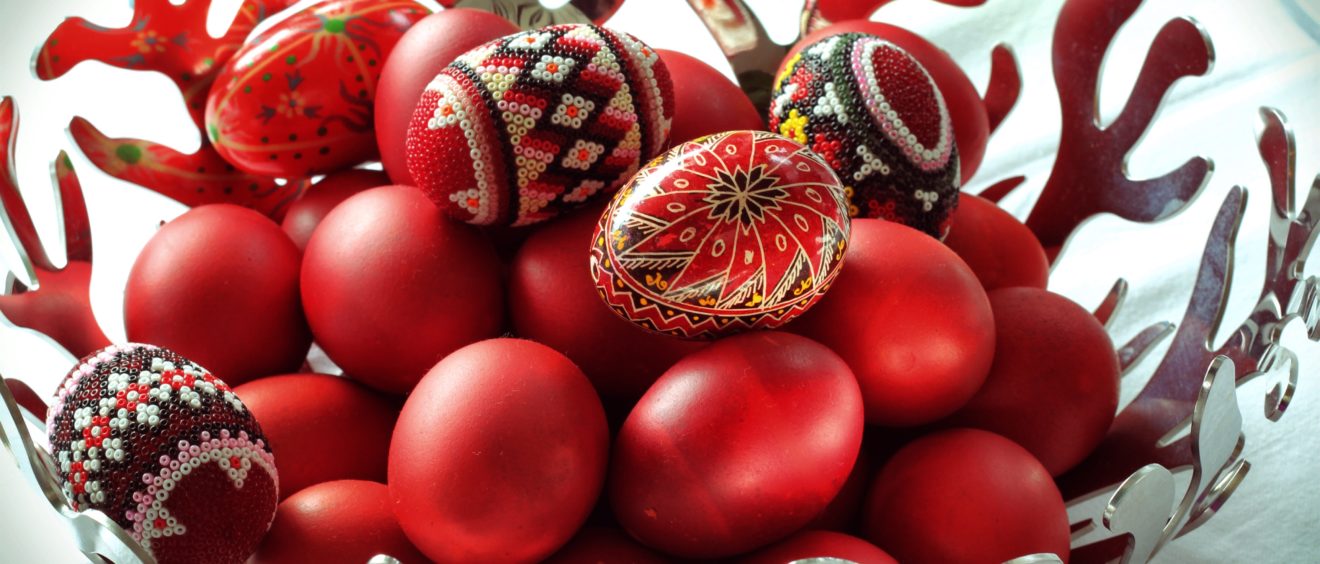
Memories of a Cretan Greek Easter
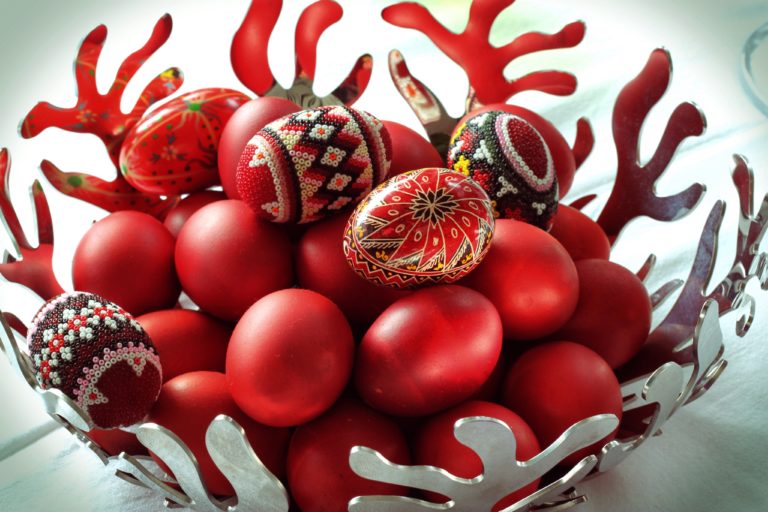
My first Greek Easter in Agios Nikolaos, Eastern Crete was a long time ago – some 25 years ago in fact and I’ve been lucky to have experienced many since. And I have to say not much has changed. Thank goodness!
I first had an inkling that something big was going to happen was when I was having coffee on the balcony of my favourite café overlooking Lake Vouliasmeni, the little lake around which the town is built. It was two days before Greek Easter and it was the noise which caught my attention. On closer inspection I saw a harried man paddling madly around the lake in a caïque (Cretan fishing boat) trying to herd the errant ducks and geese who live on the lake, shore-wards towards a van.
Yiannis the owner told me this happens every year as it’s most important – “to take them away for a short holiday for a few days” because the lake is not the place for them over Easter, because “we burn Judas, it’s not safe”.
Unaccustomed to the Orthodox Easter, I have to admit that I was somewhat alarmed at the notion of “burning Judas” but very happy that the water fowl would be safe in their holiday home.
This tiny lake (only 134 metres wide but some 64 metres deep) lies at the very heart of Agios (pronounced Ayous), and is integral to every occasion, especially Easter, Pascha, (Πάσχα) when indeed, an effigy of Judas Iscariot is floated on a pontoon in the middle of the lake and then set alight as if by magic on Easter Saturday – but I am ahead of myself here.
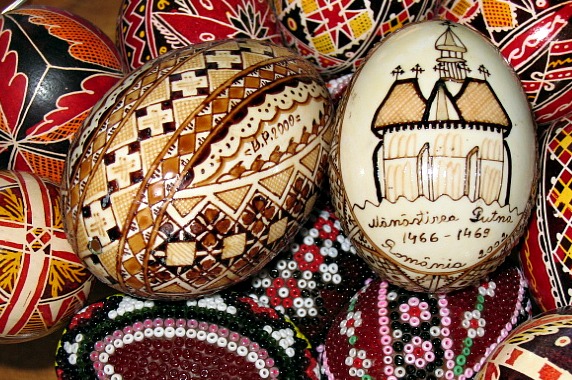
Easter is THE most important time in the Greek calendar… starting with Clean Monday or Kathara Dhefthera (Kαθαρά Δευτέρα ) forty eight days before, when Orthodox Greeks fly kites and cease to eat meat, poultry, dairy and fish. Preparations come to a climax towards the end of Holy Week – Megali Evthomada (Μεγάλη Εβδομάδα) between Palm Sunday and Easter.
During this week the town is buzzing and the shops display highly decorated Easter candles called Lambatha (Λαμπάδα). These are given as gifts to children by their Godparents and are generally white and embellished with ornate toys, jewellery and ribbons and I’ve seen some as tall as the children themselves.
The many churches in Agios Nikolaos are also ornately decorated with mountains of fresh flowers and basil leaves (it is spring after all) and the scent is intoxicating.
Cretan homes are a flurry of activity, baking sweets such as Greek Easter bread Tsoureki (Tσουρεκι), Koulourakia (Kουλουρακια) and my favourite sweet cheese pastries, the Cretan Kalitsounia Kriti (Kαλιτσούνια Κρήτης.) On Thursday eggs are dyed red to represent the blood of Christ and then rebirth of Christ once they are cracked.
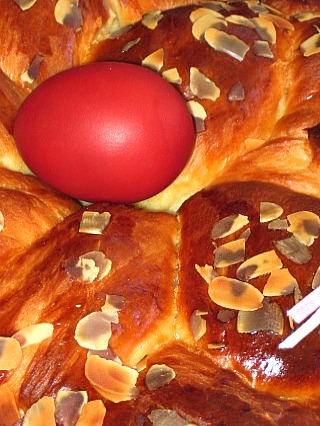
On Good Friday night the melancholy chants of the priests leading the procession featuring the highly decorated Epitaphos (Ἐπιτάφιος) or Bier of Christ, echo around the narrow streets as families come out of their homes to greet it. The air is heavy with fragrant livani (Λιβάνη), church incense made from frankincense and rose water.
But it’s on Saturday night that the celebrations take on a life of their own. Every man, woman, child and even baby is out and about – dressed in their finest, lining the cafes, balconies and shores of the little lake, all holding elaborate candles.
I am on the balcony of my little café and very happy to be sitting up high, as some eager teenagers below appear to pre-empt the celebrations by haphazardly setting off fire crackers in amongst the unsuspecting crowds.
Dangerous?
Definitely.
Loud?
Unbelievably so!
Nerve-wracking?
Certainly… for some land very close.
Scorched?
Well, there is a feint smell of singed hair in the air!
But as I am partial to the smell of cordite, I don’t mind! And amazingly no one is hurt.
Then just before midnight the church bells peal out and chanting priests emerge, this time leading a procession carrying a flame – a flame which has travelled all the way from Jerusalem to Agios Nikolaos, via Athens. (Every year the fire from a single flame in Jerusalem is sent to every corner of Greece for Easter celebrations which is an extraordinary feat in itself.)
As the procession moves towards the lake, the flame is passed from one candle to the next until it looks as if the whole of the lake is ringed by fireflies. Then the fireworks begin, simultaneously exploding from around the lake and surrounding rooftops lighting up the dark Cretan skies with a myriad of fairy lights. A single flame shoots across the water towards Judas from high on the cliffs opposite . And indeed, he does burn as the chanting reaches a crescendo and there’s merriment and hugs all around.
Then just as quickly the place empties, as the crowd heads home carrying their lit candles to make three crosses with the flame over the entrance to their doors – blessing their houses in the process.
Now it’s time to eat the traditional Easter Soup made from lamb offal, herbs, eggs, lemon, rice and vegetables called Margiritsa (μαγειρίτσα). My first introduction to it was somewhat tentative, but I’m happy to say it’s much tastier than it sounds.
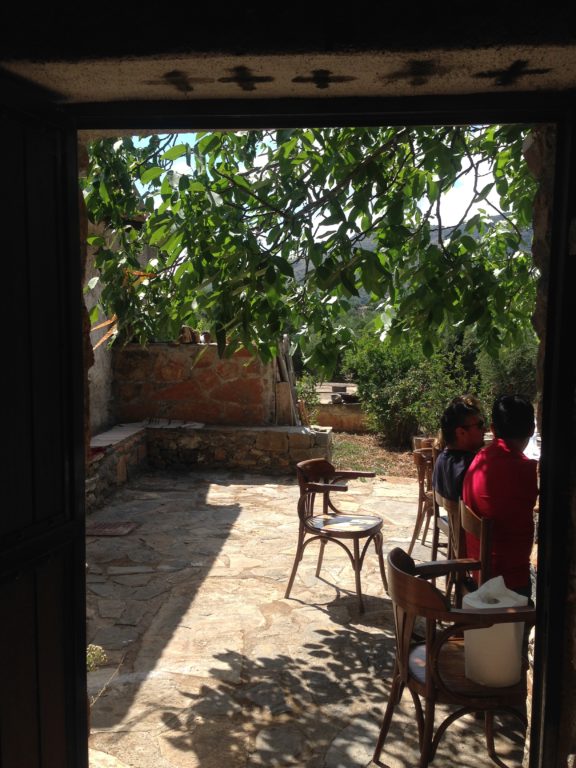
Heading home I spy my neighbour Giorgos and his wife on their moped. She’s carefully shielding the flame with her hands and his body, as she sits side-saddle on the back. I learn the next day they made it all the way up the hill to our village, despite the wind and have done so every Easter for years – the crosses over the door testament to their tenacity and skill.
When I wake late Sunday morning the air is thick with delicious cooking smells. It’s extraordinary how roast lamb on a spit with lemon and herbs pervades the countryside in Crete. Hopping onto my moped I head off to friends to feast some more.
On the way I detour past the lake. The ducks and geese are back and seemingly all the better for their little holiday, for they sound louder and bossier than ever.
To say I was deeply moved by the experience would be an understatement.
For the passion with which the Easter celebration is embraced by everyone in this little town is exhilarating and infectious.
The joy on the faces of the excited children is heart-warming.
The solemnity and the opulence of the processions and the heady mix of scents are extraordinarily uplifting.
And the scene around the lake at midnight on Easter Saturday is indelibly printed on my brain… the grandeur of the ceremonies… the deep, bass baritone chants… the squeals of happiness from the children… the colour… the flickering candle light… the reflections on the lake… and the floral scent mixed with candle wax and firecrackers… and the feeling of community and belonging, all sent my senses into a heady spin.
So if you ever get the opportunity to spend Greek Easter in Crete, do. It truly is a religious experience.
An experience not to be missed.
Happy Easter
Kalo Pascha
Καλό Πάσχα
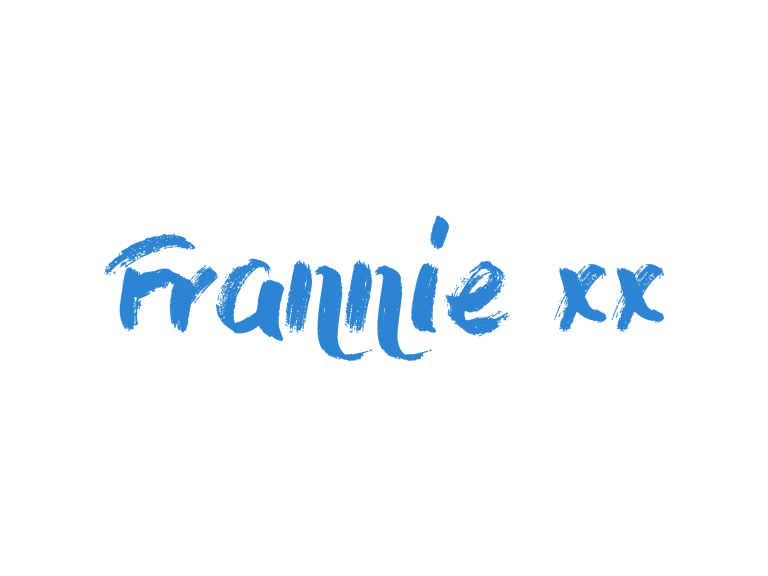

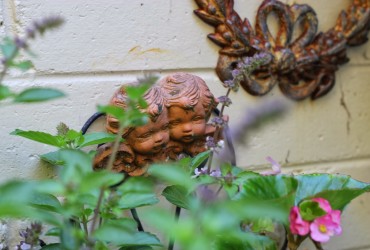
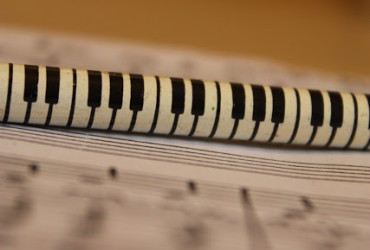
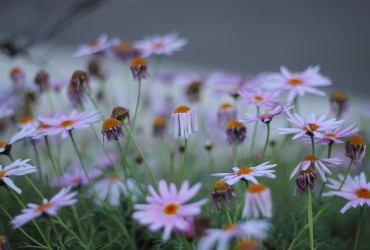
Sounds fabulous. The Greek procession to the Church is quite moving with all the candles!
Thank you Julie… it is really fabulous and very moving. It’s the place to be at Easter! F xx
This is full of such great, colourful observations. and this place has almost a mythical quality in the way you tell it so well. Thanks so much for sharing your insights with us – a great read.
Thank you JB, I am so thrilled it resonates with you. There is something quite mythical and mystical about the Lake in Agios and it’s not hard to fall in love with it – especially at Easter. Fxx
υπέροχη κόρη μου – ypérochi kóri mou – wonderful my daughter! You have captured a magical and moving insight into Easter where it still means something really special. Well done. Loved the music and the dancing too. More please!
Thank you Mum… Love you F xx
What a lovely memoir! Easter is indeed special in Greece. I am excited to visit Crete for the first time soon… Love your photography, Francesca 🙂
Thank you so much Marissa and enjoy your time in Crete… I’m sure you’ll love it! I can’t wait to read about it. F xx